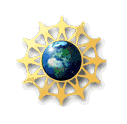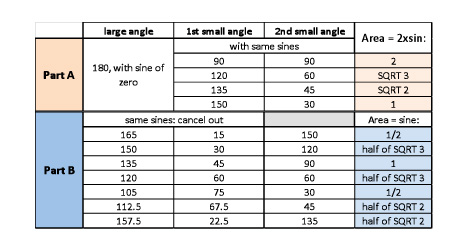|
|
|
|
[1] Bourke, P., Tiling with Tricurves
(2017). < http://paulbourke.net/geometry/tricurves>
|
|
| Other spiral Deposits in
the NCB: < ..//spiral/spiral.htm > < ..//log/log.htm > |
|
|
 2018
2018 |







